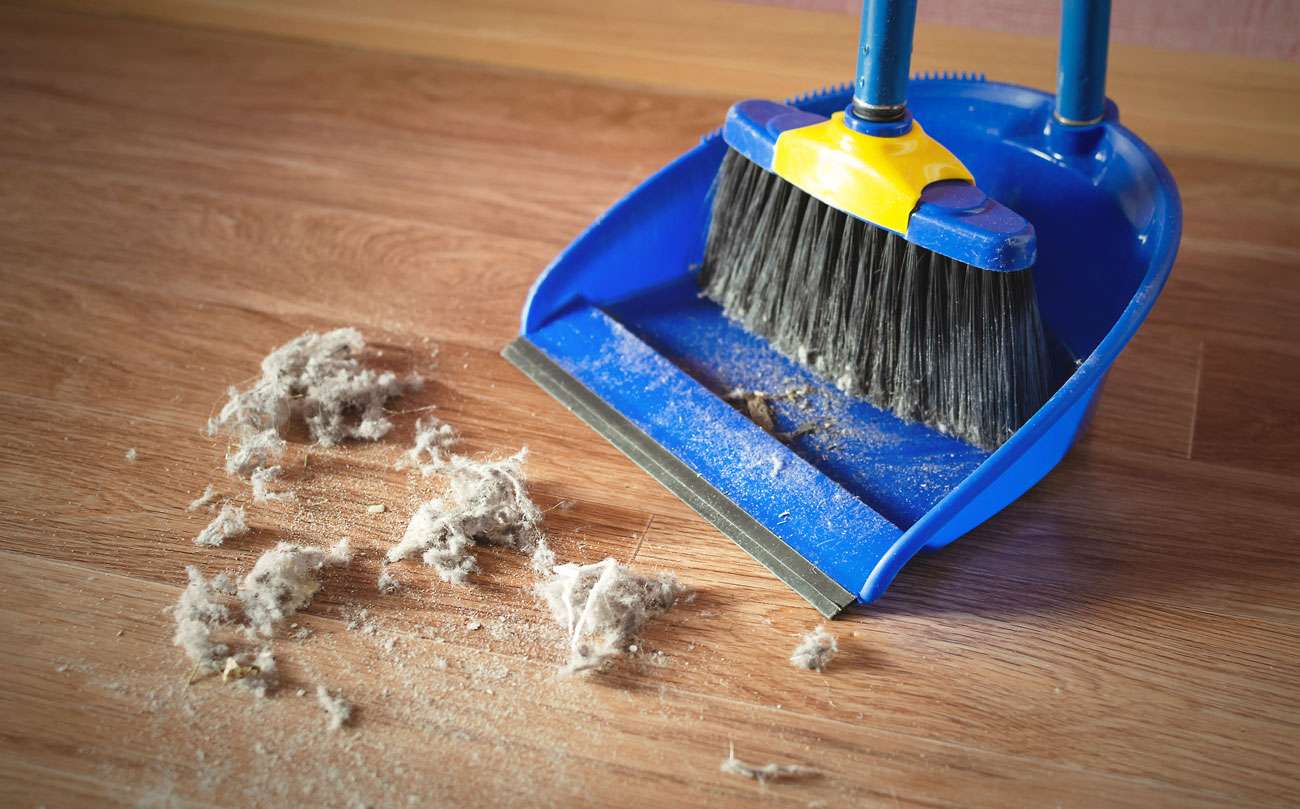
What is house dust made of?
House dust isn’t just dead skin cells! Dust is made up of a variety of components, from dirt, bacteria, pollen, pollutants, mould, animal dander, hair, fibres, insulation, decomposing spiders/insects/dust mites and their excrement, and not forgetting the dead skin cells that humans shed.
The dust in any household differs according to the climate, the age of the house and the number of people who live in it. As well as their cooking, cleaning and smoking habits.
But some rooms seem to attract more dirt than others. The bedroom, for instance, with all the fabric in the mattress, pillows, bedding, curtains, and carpeting make it one giant dirt producer, so dusting and vacuuming in the bedroom is especially important. Have you ever noticed that when you go to bed, your nose suddenly gets stuffy? A lot of people have this same “problem.” But the problem probably isn’t your sinuses, it’s dust.
The living room is also another dirt magnifier with all the electronics, upholstered furniture and curtains.
Plus, a large proportion of dust does actually come in from outside, through windows, doors, vents and significantly, on the soles of your shoes.
Studies show that the dust in 90% of households contains at least 10 toxic chemicals, so reducing and removing it can positively impact the health of your family and pets.

How to reduce dust in your home
Vacuum carpets and mop hard floors regularly to remove dirt and stop it from building up.
Dust using a high quality microfibre cloth, either dry or very slightly damp. These cloths will attract dirt onto them, rather than with the traditional dusters where the dust recirculates into the air and back on your surfaces.
Avoid using spray polish on your furniture. Not only do they produce dust, in the form aerosols, but they leave a residue that attracts dust back onto your furniture.
Try to reduce the clutter in your home. This makes dusting a lot easier, but less stuff also produces less dirt.
Invest in a good quality door mat to stop dirt tracking in from outside on your shoes. And don’t allow shoes to be worn indoors.
Even if you’re not allergic to pet dander, keeping your pets well-groomed can help cut down on the amount of dirt and dust mites in your home.
If you suffer with allergies and Hayfever…
- Consider using a vacuum cleaner that has a HEPA filter, to help remove pollen, dirt, bacteria, virus, and even aerosol particles, that can aggravate symptoms.
- Don’t hang clothes outside to dry, when the pollen count is high. The pollen will stick to your clothes and bed sheets and massively increase your symptoms.
- Mites do not live on hardwood floors or lino type flooring, so consider replacing your carpets with wood or other types of hard flooring. Remove rugs during the months you are worst hit by allergies, or buy rugs that can be regularly washed in the washing machine.
Why not take a look at more of Penny’s features HERE.











